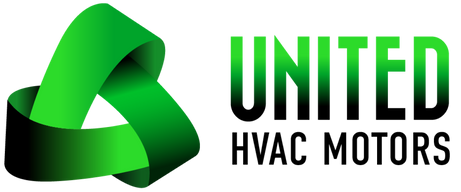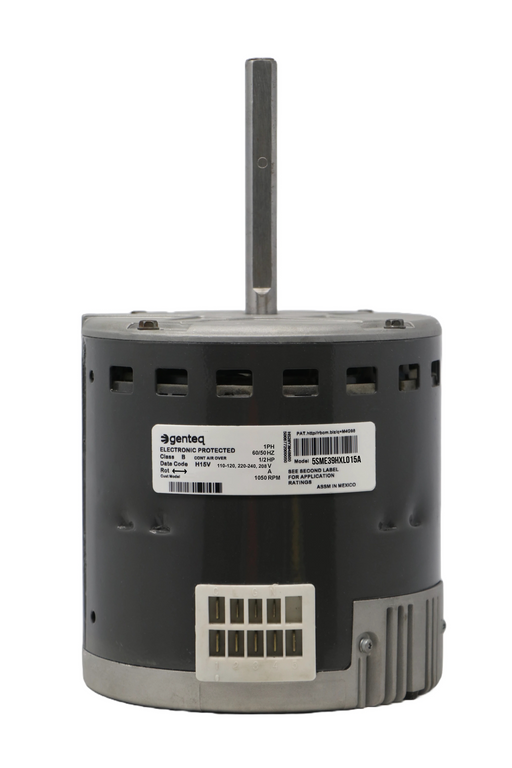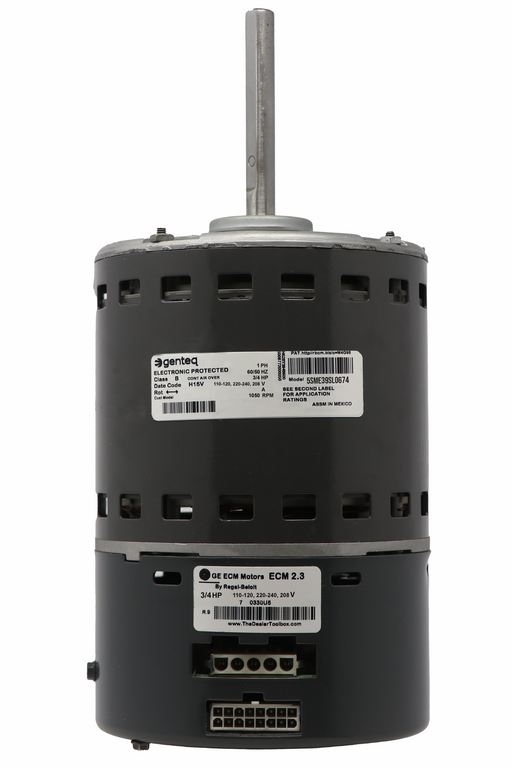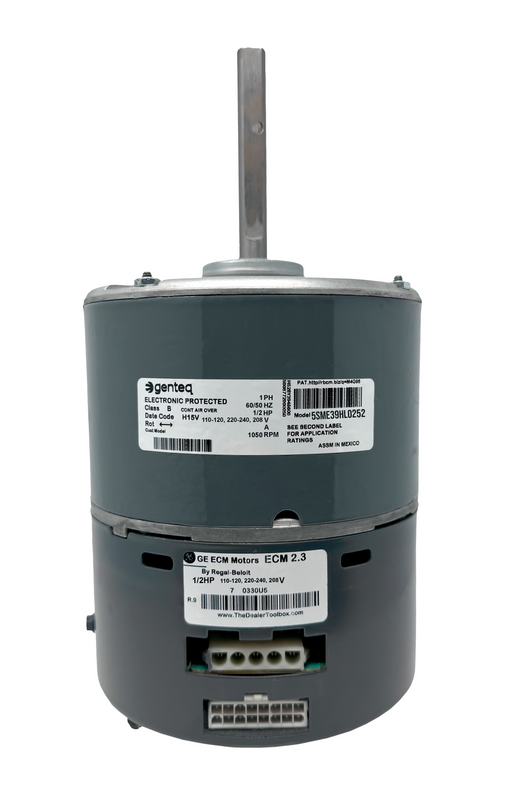(813) 440-8108

How to Test Your HVAC Blower Motor: A Step-by-Step Guide
Testing your HVAC blower motor is an essential maintenance task to ensure your heating and cooling systems operate efficiently. A malfunctioning blower motor can reduce airflow, increase energy costs, and even cause system failure. By regularly testing your blower motor, you can detect and address issues before they become significant problems.
In this article, we will provide a detailed guide on how to test your HVAC blower motor. We'll cover the necessary tools, safety precautions, and step-by-step instructions to help you perform this task effectively.
Tools and Materials Needed
- Multimeter
- Screwdriver set
- Insulated gloves
- Safety goggles
- User manual of the HVAC system
Safety Precautions
Always start by turning off the power to your HVAC system at the circuit breaker. Wear insulated gloves and safety goggles to protect yourself from electrical shocks and debris. Follow the safety instructions provided in your HVAC system's manual.
👉🏻 Read More: ECM Motor vs. Variable Speed Motor: Understanding the Differences
Step-by-Step Guide
Step 1: Locate the Blower Motor
The blower motor is typically located behind the access panel of your HVAC unit. Use a screwdriver to remove the panel and gain access to the blower motor and its wiring.
Step 2: Inspect the Blower Motor
Before performing any tests, visually inspect the blower motor for any signs of damage or wear. Look for burnt wires, loose connections, or debris that might obstruct the motor.
Remanufactured Motor by United HVAC Motors
2 Year Replacement Warranty (Terms Apply)
Plug n Play - 100% Programmed
Match your Motor Model N...
Remanufactured Motor by United HVAC Motors
2 Year Replacement Warranty (Terms Apply)
Plug n Play - 100% Programmed
Match your Motor Model N...
5SME39NXL014A GE Genteq Blower Motor ECM X13 3/4 HP
5SME39HXL015A GE Genteq Blower Motor ECM X13 1/2 HP
Step 3: Test for Power
A multimeter set measures AC voltage and checks for power at the blower motor terminals while the system is running. The voltage should match the specifications in your HVAC manual. The issue may lie in the control board or wiring if there is no power.
Step 4: Measure the Resistance
Turn off the HVAC system's power. Disconnect the blower motor from the power supply and use the multimeter to measure the resistance between the motor terminals. Compare the reading to the specifications in your manual. Abnormal resistance indicates potential motor winding issues.
Step 5: Check the Capacitor
The blower motor capacitor helps start and run the motor. Test the capacitor using a multimeter set to measure capacitance. Connect the probes to the capacitor terminals. A reading that matches the rated value indicates the capacitor is functioning correctly. If not, the capacitor may need to be replaced.
Step 6: Test the Motor Windings
Set your multimeter to measure resistance (ohms) and test the motor windings. Place the probes on the blower motor terminals and check the reading. A reading close to zero indicates good continuity, while a high reading or infinity suggests a break in the winding.
Common Issues and Troubleshooting
No Power
If there is no power at the motor terminals, check the control board and wiring.
High Resistance
High resistance readings indicate potential motor winding problems.
Faulty Capacitor
A capacitor not holding its charge can cause starting issues for the blower motor.
Motor Windings
Broken windings require motor replacement.
👉🏻 Read More: Understanding the Different Types of Blower Motors for HVAC Systems
Conclusion
Testing your HVAC blower motor regularly ensures that your system operates efficiently and helps prevent unexpected breakdowns. By following this guide, you can accurately diagnose and address issues with your blower motor.
Check out our range of remanufactured blower motors available on our website to find a reliable replacement if needed.
5SME39SL0674 GE Genteq Blower Motor ECM 2.3 3/4 HP
Remanufactured Motor by United HVAC Motors 2 Year Replacement Warranty (Terms Apply) Plug n Play - 100% Programmed Match your Motor Model N...
View full details5SME39HL0252 GE Genteq Blower Motor ECM 2.3 1/2 HP
Remanufactured Motor by United HVAC Motors 2 Year Replacement Warranty (Terms Apply) Plug n Play - 100% Programmed Match your Motor Model N...
View full details






